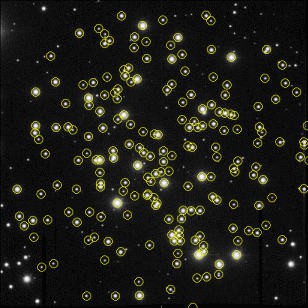Figure 1 shows an image of a field on the center of the open cluster M67 with sources from the GSC II Catalog plotted over it based on a fit WCS.
Figure 2 compares the results of world coordinate system fits to the field based on sources from the USNO-A2.0, GSC II, 2MASS Point Source, GSC-ACT, and HST GSC and M67 Proper Motion Catalogs. For each catalog, the first column indicates the number of stars matched between the catalog and the image, the second column shows how many catalog stars were found in the image (with an upper limit of 300), and the third column indicates the mean separation between the image and catalog positions for the matched stars after the WCS fit in units of arcseconds times 1000 so that the bars all fit on the same scale.
Note that the proper motion catalog fits significantly better than the other catalogs and that the recent epoch catalogs fit better than the 1950's Palomar Sky Survey-based USNO-A2.0 catalog. Further tests are being undertaken to discover exactly what the position errors really are, but this simple test shows that the better the astrometry in a source catalog, the better it will match an image.
Galaxy Field IMWCS Comparison
ADASS 2001 WCSTools 3.0 paper

Figure 1 (Click for bigger graph)

Figure 2 (Click for bigger graph)